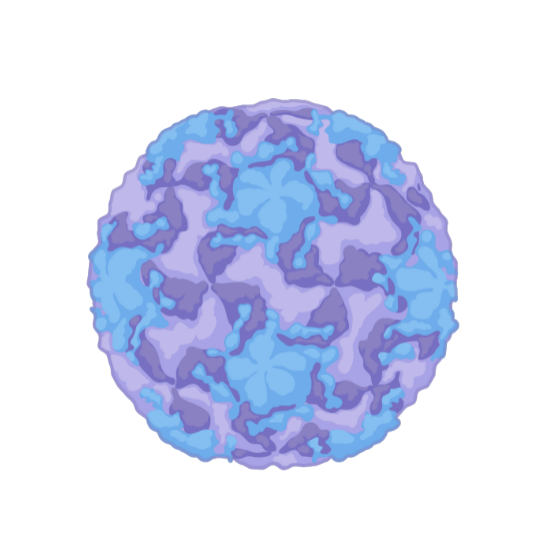The laboratory guidelines for protease inhibitor testing are a complex and detailed process that involves multiple key steps and precautions. The following is a general guide aimed at helping researchers conduct protease inhibitor experiments safely and effectively in laboratory environments.
1、 Preparation before the experiment
Clarify the purpose of the experiment:
Determine the specific objectives of the experiment, such as evaluating the inhibitory effect of inhibitors on specific proteases, screening new inhibitor candidates, etc.
Preparation of reagents and consumables:
Choose high-quality proteases, inhibitors, and substrates.
Prepare the necessary consumables such as buffer solution, centrifuge tube, pipette, enzyme-linked immunosorbent assay (ELISA) plate, etc.
Design experimental plan:
Design a detailed experimental plan based on the experimental objectives, including inhibitor concentration gradient, reaction conditions (temperature, pH value, reaction time), repetition times, etc.
Instrument calibration:
Ensure that all experimental instruments (such as enzyme-linked immunosorbent assay (ELISA) reader, pipette, pH meter, etc.) have been calibrated to an accurate state.
2、 Experimental steps
Solution preparation:
Prepare protease solution, inhibitor solution, and substrate solution according to the experimental plan. Pay attention to aseptic operation and solution stability.
Grouping and Sampling:
Divide the experiment into a control group and an experimental group. The control group added protease and substrate, while the experimental group added additional inhibitors.
Accurately add the sample to the enzyme-linked immunosorbent assay (ELISA) plate or test tube using a pipette, ensuring consistent experimental conditions for each group.
Reaction and incubation:
Incubate each group of samples at the set temperature, pH value, and reaction time. During the process, it can be mixed appropriately to ensure even reaction.
Product testing:
Use appropriate methods (such as colorimetric, fluorescence, high-performance liquid chromatography, etc.) to detect product generation or substrate consumption. Sampling and testing shall be conducted at the designated time points according to the experimental plan.
3、 Data analysis and result interpretation
Data organization:
Organize the detected data and calculate statistical measures such as the mean and standard deviation for each group of experiments.
Data analysis:
Use statistical methods to analyze the data and compare whether the differences between the control group and the experimental group are statistically significant. Statistical methods such as t-test and analysis of variance can be used.
Result explanation:
Explain the inhibitory effect of inhibitors and their possible mechanisms of action based on data analysis results. Consider the sources of error and possible interference factors in the experiment to ensure the accuracy and reliability of the results.
4、 Precautions
Aseptic operation:
Maintain aseptic operation throughout the entire experimental process to avoid the impact of microbial contamination on the test results.
Control variables:
Strictly control variables other than inhibitors (such as temperature, pH, reaction time, etc.) to ensure the accuracy of experimental results.
Repeated experiment:
To improve the reliability of the experimental results, it is recommended to conduct multiple repeated experiments and take the average as the final result.
Safe operation:
Pay attention to personal safety protection during the experiment, wear appropriate protective equipment (such as lab coats, gloves, goggles, etc.), and avoid contact and inhalation of harmful substances.
Recording and archiving:
Record in detail every step of the experimental process and observation results for subsequent data analysis and result verification. At the same time, archive and store the experimental data and related documents properly.
Please note that the above guidelines only provide a general framework, and specific experimental steps and conditions may vary depending on laboratory conditions, experimental purposes, and the reagents used. Therefore, when conducting protease inhibitor experiments, researchers should adjust the experimental plan according to the actual situation and follow relevant laboratory regulations and safety operating procedures.
Share on:
Facebook
Twitter
Pinterest
WhatsApp
Recent posts
We recommend


